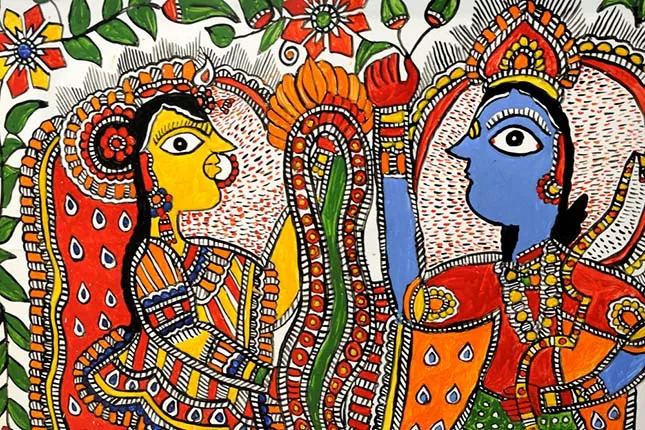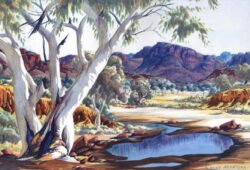Revitalizing Tradition: The Impact of Folk Art on the Contemporary Art Scene
 Posted On
Posted On
Folk art embodies the essence of cultural heritage, reflecting the identity, beliefs, and history of communities around the world.
Folk art, a vibrant tapestry of cultural expression passed down through generations, continues to wield a substantial influence on the contemporary art scene. In recent years, artists and enthusiasts alike have rekindled an appreciation for these age-old traditions, giving rise to a dynamic interplay between the past and present.
Rooted in Culture and Tradition Folk art embodies the essence of cultural heritage, reflecting the identity, beliefs, and history of communities around the world. It encompasses a wide range of artistic forms, from pottery and textiles to sculpture and painting. By preserving ancestral techniques and styles, folk art provides a unique lens through which artists today can explore their roots and find inspiration.
Bridging the Gap In a world that’s becoming increasingly globalized, folk art acts as a bridge between different cultures and eras. Contemporary artists often draw from traditional motifs, narratives, and craftsmanship to create works that meld old and new. This fusion of styles not only pays homage to heritage but also forges connections between diverse audiences, fostering cross-cultural dialogues.
Renewed Techniques and Innovation Folk art techniques, honed over generations, are experiencing a resurgence in the contemporary art landscape. Artists are integrating age-old methods, such as hand weaving and wood carving, into their practice, infusing their creations with a tactile and authentic quality that sets them apart from mass-produced art. This return to craftsmanship stands as a reaction against the digital age’s intangibility, emphasizing the value of human touch and mastery.
Social and Political Commentary Contemporary artists are harnessing the power of folk art to address pressing social and political issues. By employing traditional aesthetics, they provide a sense of familiarity that can serve as a catalyst for discussions on topics such as cultural preservation, identity, and socioeconomic disparities. This blend of the nostalgic and the contemporary prompts viewers to reflect on the past’s relevance in shaping the present and the future.
Market Impact Folk art’s resurgence has also stirred commercial interest, with collectors and galleries recognizing its significance. Works that incorporate folk art elements are increasingly sought after for their authenticity and connection to cultural heritage. This demand not only provides a platform for contemporary artists but also fosters the preservation of fading artistic traditions.
In conclusion, folk art’s profound impact on the contemporary art scene is undeniable. It breathes new life into tradition, promotes cultural exchange, inspires innovation, and facilitates meaningful conversations. As artists continue to draw from the deep well of folk art, the dynamic interplay between heritage and modernity will undoubtedly shape the trajectory of art in the years to come.


